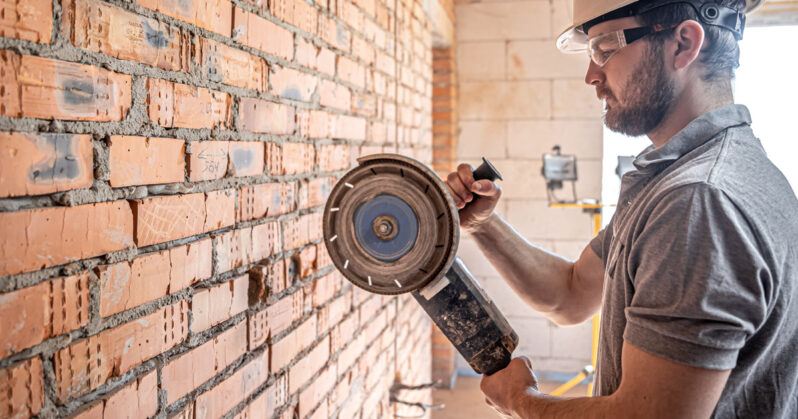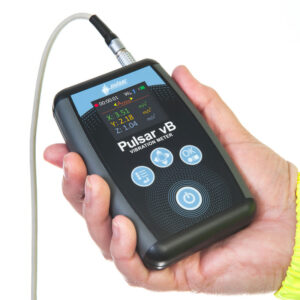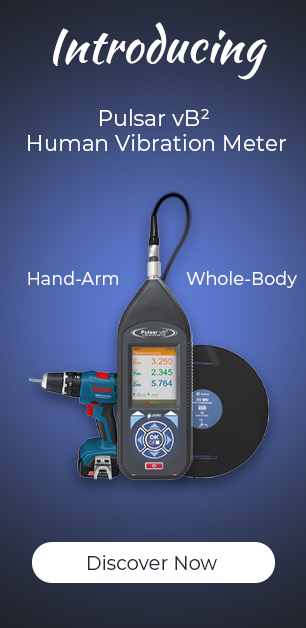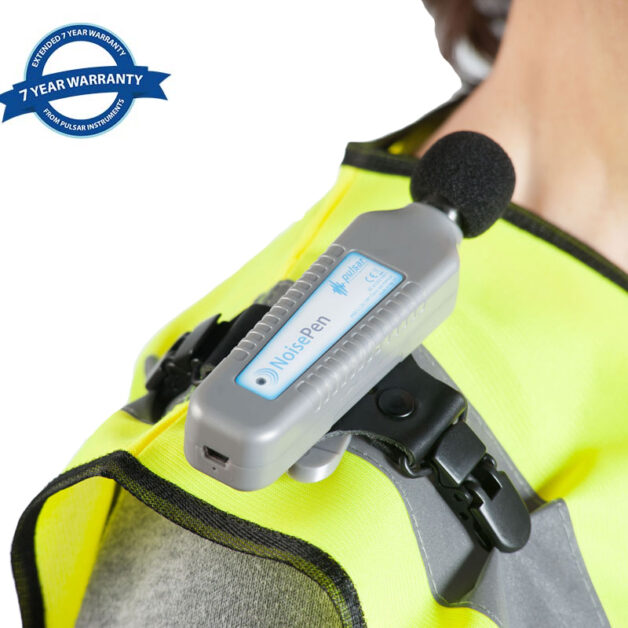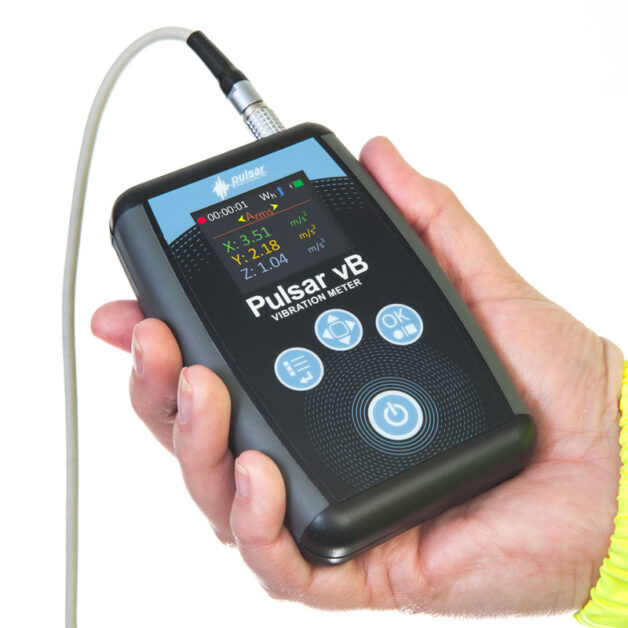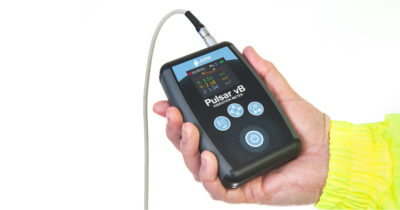With recent high profile HSE fines in mind (including 2018 fines of £500k to Balfour Beatty and £400k to the Nordam Europe Limited), it seems many companies still don’t understand what a Hand Arm Vibration Risk Assessment (HAVS assessment) is and what the risks are to their employees from using handheld power tools.
If your employees use high vibrating power pools such as riveters, drills, power saws, sanders and so on, regularly then they are at risk of getting painful and debilitating damage to nerves and circulation in the hands and arms; this is known as Hand Arm Vibration Syndrome (HAVS). Other disorders such as Vibration White Finger and Carpal Tunnel Syndrome are forms of HAVS.
The aim of a HAVS Assessment is to find out which power tools or processes cause hand-arm vibration, understand which of your employees are at risk of overexposure to vibration at their place of work, and then to help you decide what you need to do to protect them.
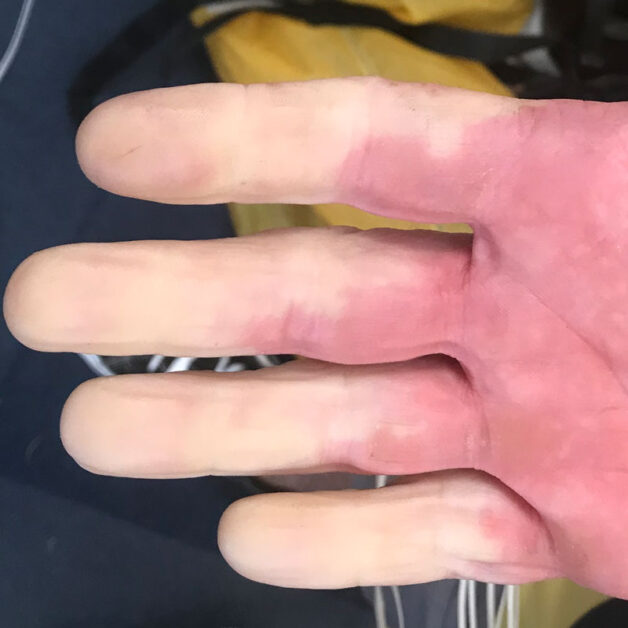
A Hand Arm Vibration risk assessment needs to identify:
- where vibration risks might come from (e.g. measure the vibration exposure potential of each power tool employees use using a Hand Arm Vibration meter)
- who is likely to be at risk from exposure to vibration
- what you need to do as an employer to comply with the law e.g. what vibration control measures are needed (to eliminate and/or reduce vibration) and how you will implement them; and,
- any employees who need to be provided with ongoing health surveillance
The rule of law in Europe governing vibration is the EU Control of Vibration Regulations 2005. In the UK this is implemented by the Health & Safety Executive (HSE).
The findings of your risk assessment should be recorded along with an action plan of anything you identify as necessary to comply with the law; at a minimum it should set out what you have done, what you are going to do, who is responsible for the work and the timetable for its completion.
What do you measure in a HAVS risk assessment?
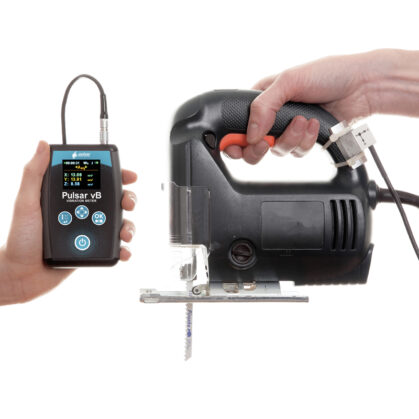
You measure the potential a power tool, for instance, has to damage someone. The operation of a power tool is measured using a handheld vibration meter, such as the Pulsar vB; this tells you the total vibration (Vector Sum) of the tool along three axis x,y,z (into the palm, across the knuckles, and up the arm) of the person using the tool. From here, you can use the software provided with the meter, or the HSEs calculator, to work out the potential hand-arm vibration exposure from the tool, and how long an employee can use it for before they are at risk of damage.
The risk assessment needs to enable you to decide whether your employees’ exposures are likely to be above the Exposure ACTION Value (EAV) or Exposure LIMIT Value (ELV) and to identify which work activities you need to control.
The HSE sets out the following:
- The daily Exposure ACTION value (EAV): 2.5 m/s2 A(8)
- The daily Exposure LIMIT value (ELV): 5 m/s2 A(8)
You should limit the exposure of employees to make sure they do not exceed the EAV. You should reduce the exposure of any employee who meets or exceeds the EAV and conduct regular health surveillance. If employees meet or exceed the LIMIT value you are breaking the law and you must find ways to reduce their exposure to within the legal limits.
How often should you conduct a HAVS risk assessment?
You will need to check power tools regularly (e.g. at least once a year) to make sure that they haven’t deteriorated and their vibration assessment hasn’t changed. You may also need to update assessments if changes occur to an employee’s job or the way they do things that are likely to result in increased usage or exposure to vibrating power tools.
You will need to review your risk assessment if circumstances in your workplace change and affect exposures. Also review it regularly to make sure that you continue to do all that is reasonably practicable to control the vibration risks. Even if it appears that nothing has changed, you should not leave it for more than about two years without checking whether a review is needed.
Who can do the assessment?
You can do the risk assessment yourself using a vibration meter like the Pulsar vB or you can appoint a competent person to do it for you. You should make sure that the person who does the risk assessment gets a good understanding of the work processes used in your business and is able to collect and understand relevant information. They should also be able to develop a plan of action based on their findings and ensure it is introduced and effective.
Pulsar Instruments provides both the tools for you to undertake the assessment and also offers a risk assessment service. Contact us for more information. You can find further information about undertaking it yourself on HSE’s website.
-
 HAV Meter – Pulsar vB hand arm vibration meterFrom $3.918,60 (Ex. VAT/GST)
HAV Meter – Pulsar vB hand arm vibration meterFrom $3.918,60 (Ex. VAT/GST)
